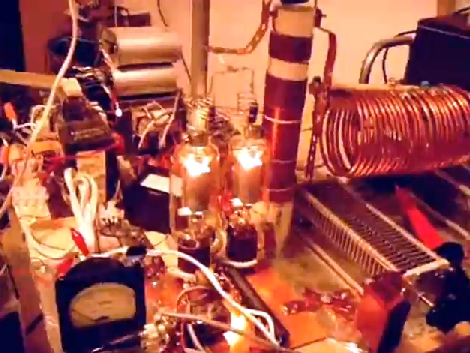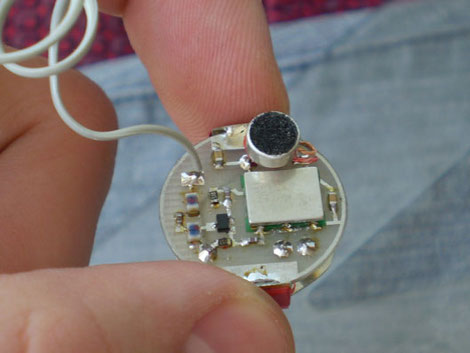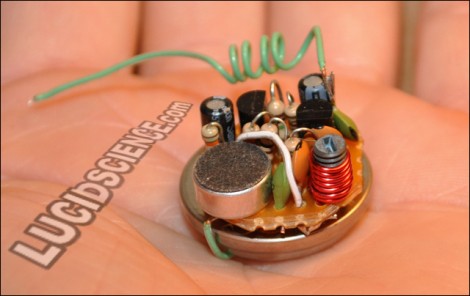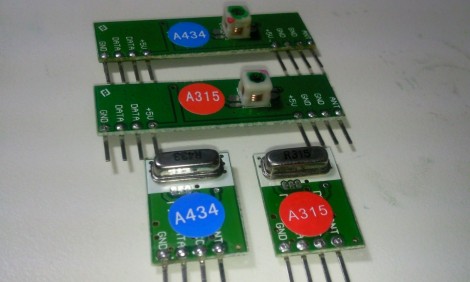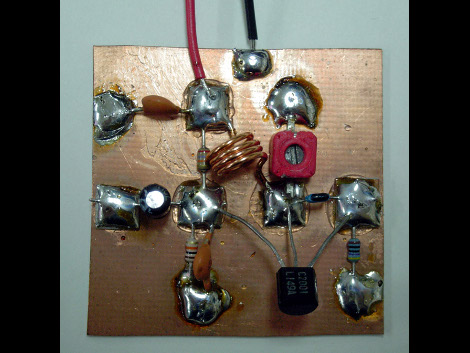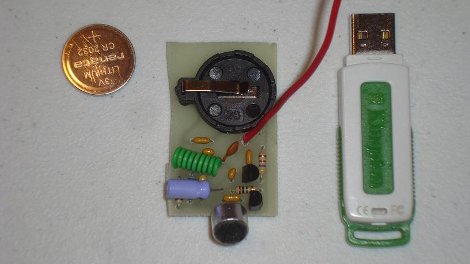
[Chis] wanted an FM transmitter bug device packed in a mint tin, and that is just what he made. Featuring only 17 discrete parts, running off of a 3volt coin cell battery, and small enough to fit inside of a plastic mint box and still have plenty of room for the mints.
Using a simple design the audio enters the device through a electret microphone and hits a transistor for amplification, the signal is then passed to the oscillator section of the circuit which features an LC tank type design which generates the carrier frequency and mixes that with the signal for a range of about 100 feet indoors.
Each section is broken down into steps where it is thoroughly explained with animations, theory, and simulation, if you are wondering how a transistor, wire, and capacitors make an FM transmitter, or if you would like to just make the final project, schematics, pcb files, and assembly instructions are provided as well.
Join us after the break for a short video and be sure to check out the other radio transmitters we have featured as well.

